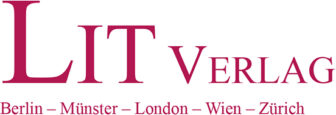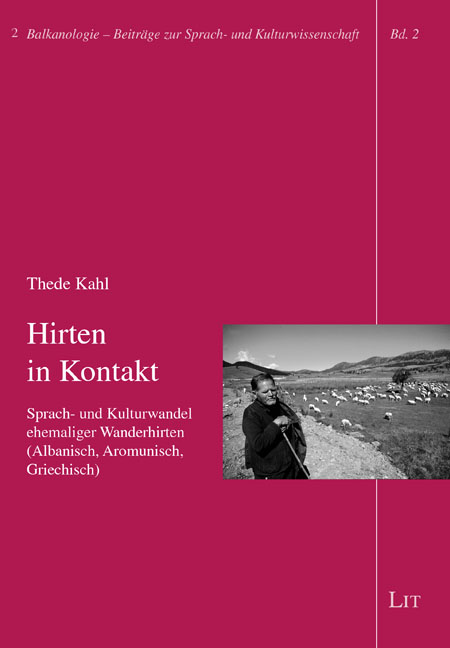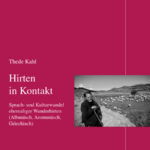Beschreibung
Die Hirtengesellschaften Südosteuropas haben durch ihre Wanderungen zur Ausbreitung zahlreicher
kultureller Phänomene in weiten Räumen Südosteuropas beigetragen, gleichzeitig aber durch die
Geschlossenheit ihrer Gesellschaften die eigene Kultur gut bewahren können.
Die Wanderhirten unterliefen durch die Aufgabe ihrer ausgedehnten Herdenwanderungen im 20.
Jahrhundert einen tiefgreifenden Wandel. Einerseits kam es zum Abbruch der gewachsenen
Kontaktsituationen, andererseits entstanden durch Sesshaftwerdung und berufliche Neuorientierung
zahlreiche neue Konstellationen des Kulturkontaktes. Die hierbei ablaufenden Prozesse stehen im
Zentrum des Interesses. Nach einer kulturgeographischen und ethnolinguistischen Dokumentation des
albanisch-griechischen Grenzraums erfolgt eine Beschreibung der Kontaktsituationen, die für
Wanderhirten charakteristisch waren, eine Darstellung der Sesshaftwerdung und eine kommentierte
Analyse der Hirtenterminologie in den untersuchten Sprachen und ihren regionalen Dialekten.
Obwohl die untersuchten Sprachen – Albanisch, Aromunisch und Griechisch – unterschiedlichen
Sprachfamilien angehören, sind sie durch zahlreiche Gemeinsamkeiten miteinander verbunden. Da es
besonders viele verbindende Elemente in der Kultur der Wanderhirten gibt, berührt die Untersuchung
eine der Kernfragen der Balkanologie.
Due to their migrations the pastoral societies of South East Europe have
contributed to the spread of numerous cultural phenomena across wide
swathes of East Europe, while at the same time the closed nature of their
societies has enabled them to successfully preserve their own culture.
As a result of giving up their extensive nomadism and transhumance in the
20 th century the pastoral nomads have experienced far-reaching change. On
the one hand, contact situations which had existed from time immemorial
were broken off, on the other, sedentarisation and vocational
reorientation have resulted in numerous new constellations of cultural
contact. This study will focus on the processes which have taken place in
this context. A cultural-geographic and ethno-linguistic documentation of
the Albanian-Greek border region will be followed by a description of the
contact situations which were typical for nomadic pastoralists, an account
of the process of sedentarisation and an analysis of the pastoral
terminology in the languages under consideration and their regional
dialects.
Although the languages studied – Albanian, Aromanian and Greek – belong to
different linguistic families, they do share a number of common features.
Given the very many connecting elements in the culture of the pastoral
nomads, the study touches one of the central questions of Balkan studies.


